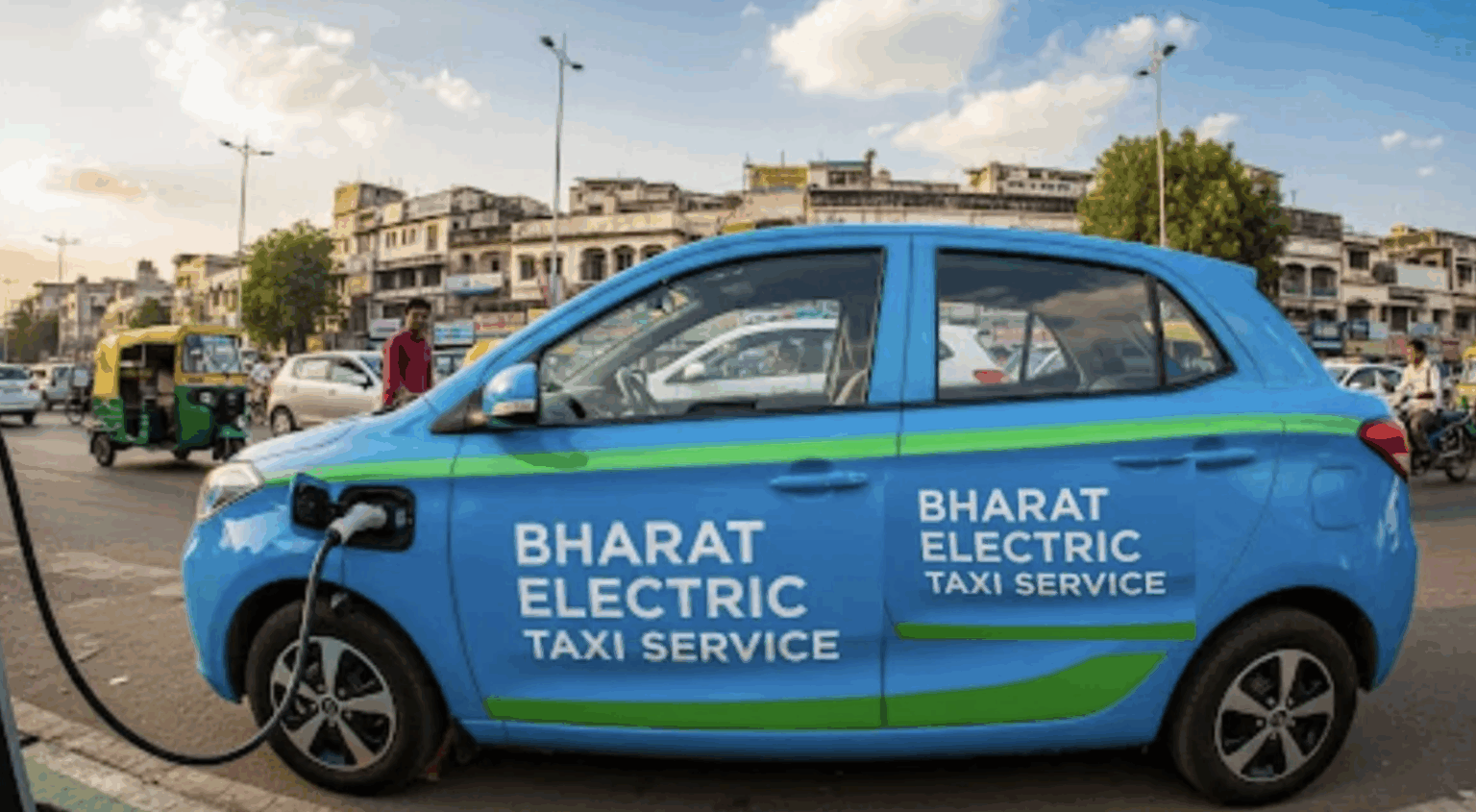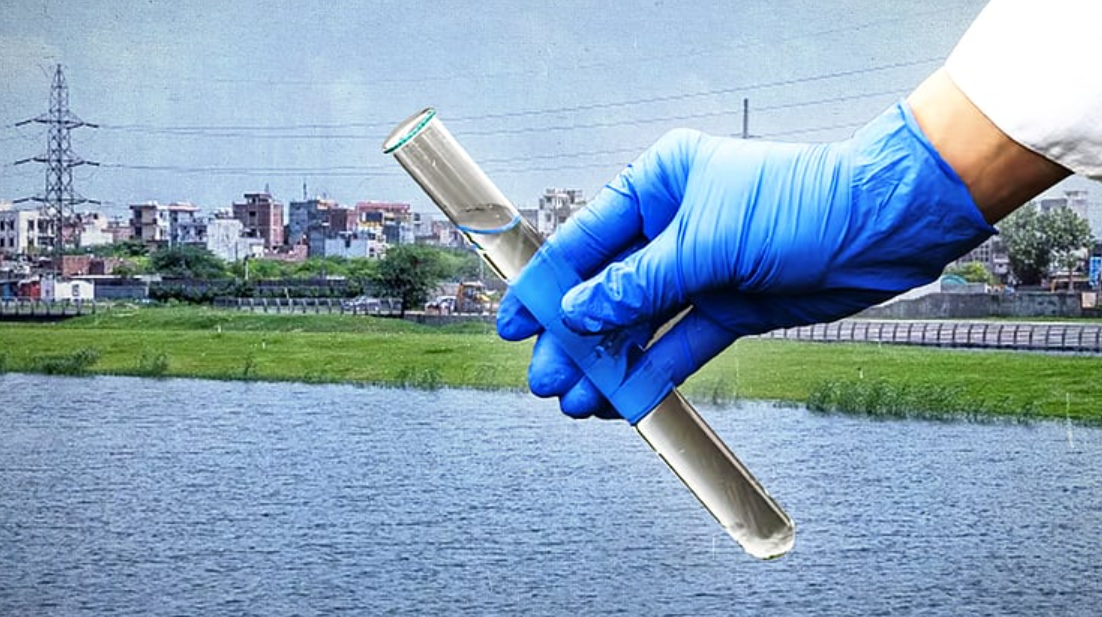India is rapidly expanding its nuclear power capabilities with the installation of at least 10 new nuclear reactors across the country. The Parliamentary Standing Committee on Science and Technology recently revealed these developments, which are expected to boost the nation’s power generation and strengthen its energy independence in the coming years.

1. New Reactors Under Construction
The committee was informed that new nuclear reactors are currently being installed in states like Gujarat, Rajasthan, and Haryana. Each reactor will have a capacity of 700 MW. These reactors are expected to become operational in the next few years, contributing to India’s growing nuclear energy infrastructure.
2. Commercial Operations at Kakrapar
The meeting also highlighted the recent achievements at Kakrapar, Gujarat. The Kakrapar-3 and Kakrapar-4 reactors have successfully synchronized with the national power grid and are now generating power commercially. These reactors are a milestone in India’s nuclear program, as they are the first indigenously designed 700 MW reactors. Approved in 2007, construction on these reactors began in 2010, and their commercial success marks a significant achievement for the country.
3. Focus on Indigenously Designed Reactors
A key takeaway from the Parliamentary Committee’s briefing is India’s focus on indigenously designed reactors. The Kakrapar reactors stand as a testament to India’s advancements in nuclear technology. These reactors have been developed and built entirely within the country, demonstrating India’s capability to design and construct large-scale nuclear power plants.
4. Future of Nuclear Energy in India
With the successful commissioning of these reactors and several others on the way, India’s commitment to nuclear energy is clear. Nuclear power offers a clean, reliable, and sustainable energy source that can significantly reduce the country’s dependence on fossil fuels and curb carbon emissions.
5. Bipartisan Support for Nuclear Projects
Jairam Ramesh, a Congress leader and member of the Standing Committee, emphasized that the progress in nuclear power should not be viewed through a political lens. Instead, it represents a collective effort toward national development and energy security.












